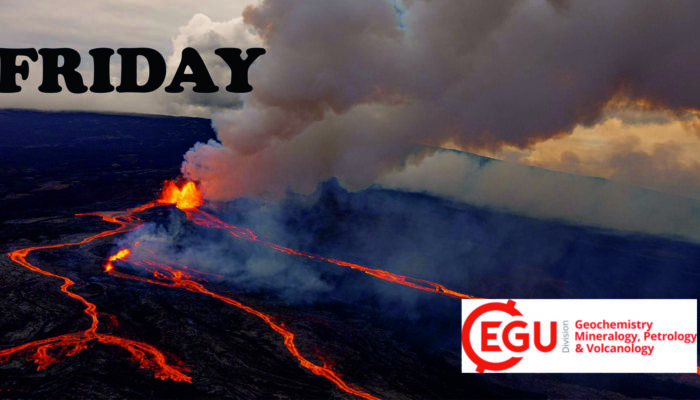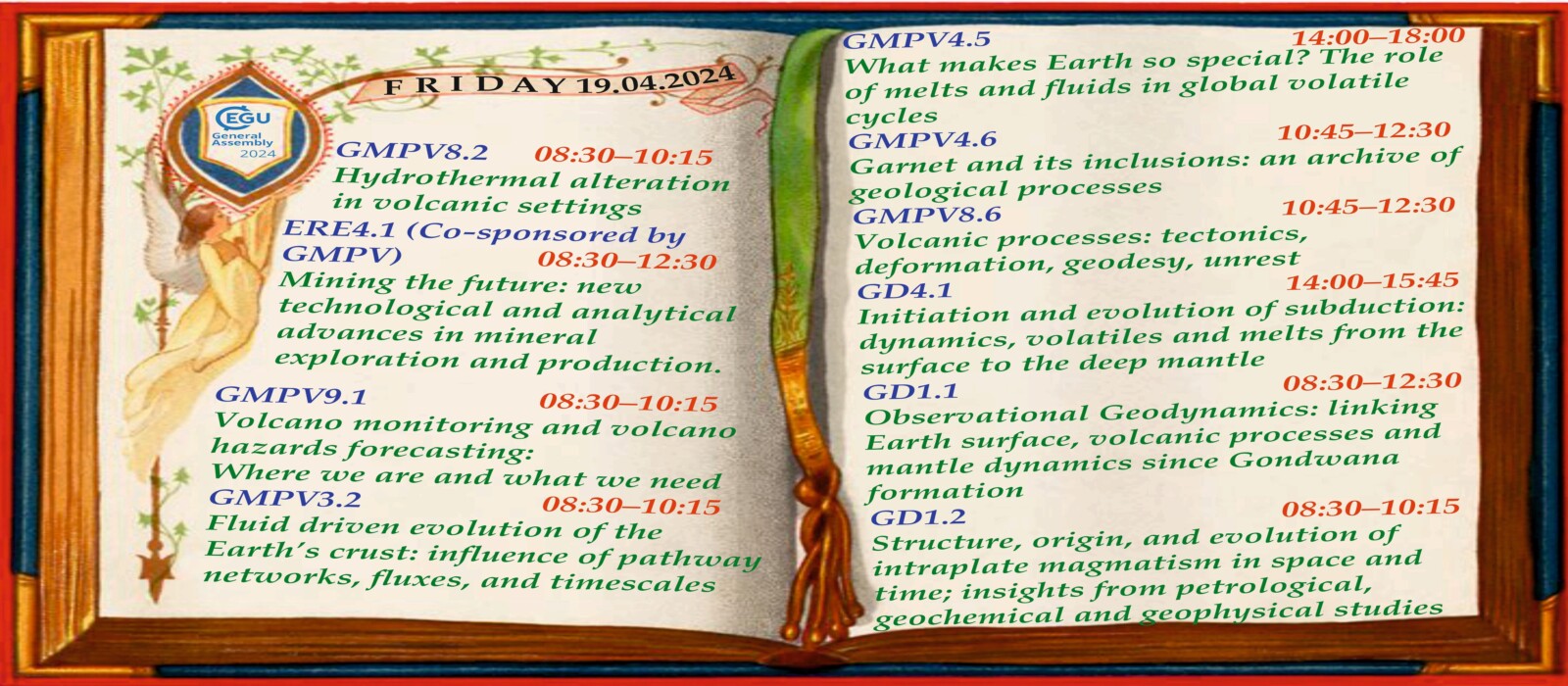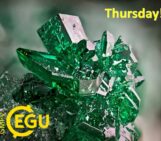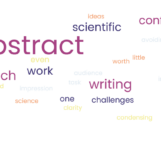
Tired after the week-long conference?
The GMPV division is ready with a number of interesting sessions to refresh your moods.
Let’s enjoy the last moment of the EGU General Assembly 2024.
Let’s start the day with a cup of tea and join the conference with the energy of a volcano because a session is waiting for all of you on hydrothermal alteration in volcanic settings (GMPV8.2). The session will deal with the characterization, imaging, monitoring, and hazard/economic assessment of volcanic hydrothermal systems and associated fluid-rock interactions. The diverse session is a perfect amalgamation of geology, geophysics, geochemistry and engineering disciplines and surely attracts a large number of audiences.
There are two other similar sessions on volcanoes. One is on “volcano monitoring and volcano hazards forecasting (GMPV9.1)” and another is on “Volcanic processes: tectonics, deformation, geodesy, unrest (GMPV8.6)”. The former will discuss monitoring from traditional to novel techniques and the new frontiers in the field blending machine-learning, data-driven approaches, and physics-based simulations, whereas the latter will be a geophysics-based session which will demonstrate the magmatic processes during volcano unrest.
In addition to these two sessions, we have co-organized a similar session on the structure, origin, and evolution of intraplate magmatism in space and time; insights from petrological, geochemical and geophysical studies (GD1.2). This session will deal with the origins and evolution of intraplate magmatism, using a variety of approaches and techniques to tackle outstanding questions.
However, the GMPV community have a few more sessions for our diverse group of members. For those working on ore geology, geothermal energies, or carbon storage we have a dedicated session. Thus, the session on “Fluid driven evolution of the Earth’s crust: influence of pathway networks, fluxes, and timescales (GMPV3.2)” will be a perfect destination for those who are working on fluid-rock interactions using fieldwork, microstructural and petrographic analyses, geochemistry, rock mechanics, thermodynamic as well as numerical modelling.
Similarly, for those investigating fluid/melt-rock interactions at depth, we have another session “Garnet and its inclusions: an archive of geological processes (GMPV4.6)”. The session will also be a pathfinder for the researchers engaged in garnet dating to ascertain a wide spectrum of geological and tectonic processes as well as workers of fluid, melt and mineral inclusions within garnets.
Now, are you ready to dive into the future? 
Then don’t forget to attend Mining the future: new technological and analytical advances in mineral exploration and production (ERE 4.1). It will fetch light on field-based and analytical approaches to understand and map ore bodies at multiple scales, imaging, conceptual modelling and quantification of deposits and mineral systems, cost reduction in exploration and production, real-time selective mineralogy, data-driven discovery in mineralogy and geochemistry and few more similar aspects. So, this session will be a get-together of geoscientists working on applied or interdisciplinary studies associated with mining exploration, geophysics, petrology, geochemistry, metallurgy, selective mining, and remote sensing.
There are a few more sessions co-organized by our GMPV division.
A session on the initiation and evolution of subduction: dynamics, volatiles and melts from the surface to the deep mantle (GD4.1) will provide you with an integrated picture of the subduction process starting from the surface to the lower mantle. This session will couple different disciplines of Earth Sciences such as geodynamics, modelling, geochemistry, petrology, volcanology, and seismology
Another session on Observational Geodynamics (GD1.1) will be a forum for a comprehensive discussion on the Earth’s dynamic processes since the Gondwana formation, encompassing geophysical, geochemical, geomorphological, seismological, stratigraphic, and volcanic aspects, along with investigations in submarine and subglacial environments, and numerical modelling.
Do you want to take a home message before returning or leaving the conference hall? 
Then you must know what makes the Earth so special? (GMPV4.5) The session will address how the volatiles in melts and fluids affect the global volatile cycle and control the inner workings of our planet.
Now it’s time to bid you goodbye. Happy journey to all. See you next year in EGU 2025.








